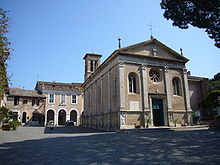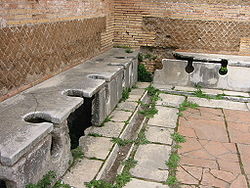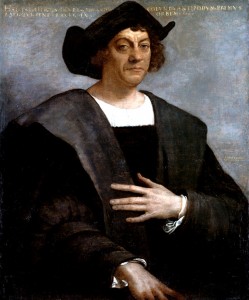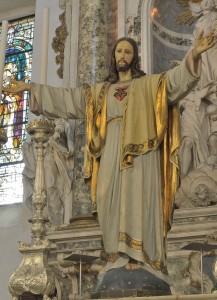On August 28, we celebrate the feast of St. Augustine of Hippo, the North African convert who became one of Catholicism’s greatest educators after his conversion.
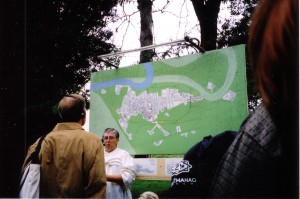
I’ve posted several articles about St. Augustine (here and here and here). I thought I’d round out the series with a few pics from some of his favorite hometown haunts.
Back in 2003 or 2004, I had the privilege of leading a group of pilgrims to some of the fun spots in and around Rome. One of my favorite spots, outside of the Eternal City itself at the mouth of the River Tiber, was the ancient seaport of Ostia Antica (“Old Mouth”).
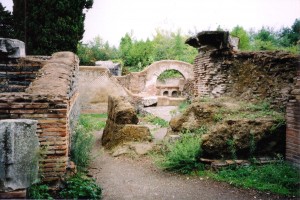
Well, actually, it isn’t really a seaport today. Time and tide have reworked the landscape, leaving the old port city landlocked. The sea, if you go there in 2012, is nearly two miles away.
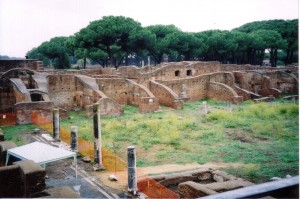
But in the fourth century, Ostia was a bustling seaport serving the city of Rome. Merchants from the warehouse district greeted the incoming vessels, then sold their goods to people of the city. Sailors on shore leave mingled with Roman citizens, shopping, dining in restaurants, perhaps enjoying a good stage play before setting sail once again. So the town of Ostia needed to accommodate the crowds—and so the settlement sprawled across the Italian plains, including down its narrow streets shops and schools, administrative buildings, a theatre, public baths, small homes and apartments, public ovens, even a latrine that requires no explanation.
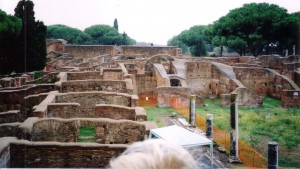
One of my favorite spots (darn! Where is that picture?!) was a restaurant which resembled your local hamburger joint. In the restaurant were small round marble tables with smaller round stools, providing comfortable seating. There was a counter where the Roman soldiers and citizens could place their orders; and—oh my gosh!—behind the counter, stuccoed onto a wall in still-bright colors, were pictures of the foods one could find there: green vegetables,
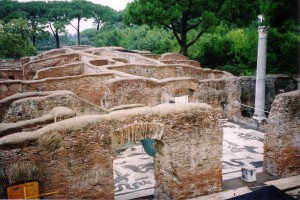
various plants and cuts of meat. It was, as one of the pilgrims exclaimed, just like the McDonald’s Point Menu!!
* * * * *
So here, in bustling Ostia, was where Augustine spent his time.
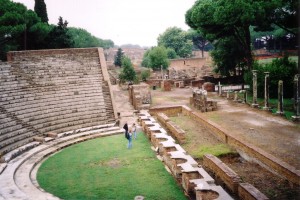
Remember that at age 29, Augustine abandoned his mother and slipped away in the night, boarding a ship for Rome and high adventure. Here, at Ostia, is where he landed.
Later, after Augustine’s conversion to Christianity, his mother Monica followed him to Rome; and here at Ostia is where she died at the age of 56. St. Monica is buried in the town, under the Cathedral of Santa Aurea.
